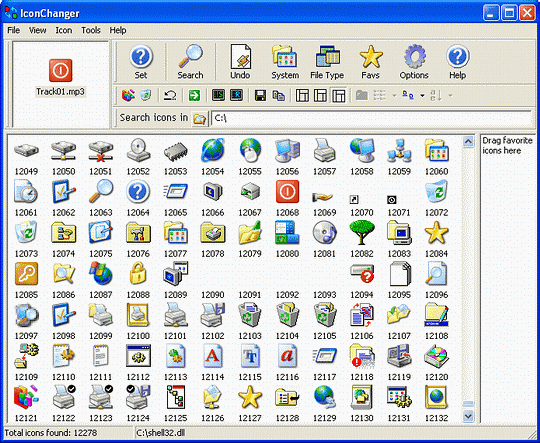
The min number of symbols means the lowest number of icons that have to be in a file for it to show in the search results. Now if you wanted to scan for all the icons in a particular directory, you click on the Search tab and then click on the New Search button.Ĭhoose a directory and then choose whether to recursively search all subdirectories or not.

So that’s how you can extract icons from a particular file.

If you want to save it as an image file, just click on the Save as type box and change it to BMP or PNG and then choose of the formats. You’ll get a customized save dialog where you can save it out as an icon with all the different sizes and color depths. To save the icon, click on it and then click the Save button or just double-click on the icon. Let’s say I wanted to get a nice icon for Google Chrome, I would just browse to the chrome.exe file.Īs you can see, the preview window lists out all the different sizes for the icon stored in that executable. Under the Directory tab, you can browse to an individual file and see the icons for that particular DLL or EXE, etc. Just run the EXE file and you’ll get the main program window with three tabs on the left and a preview window on the right.
#Exe icon changer portable portable#
I don’t think IconsExtract has been updated since 2010, so that’s quite a while back.Īnyway, this program is also portable and doesn’t require an installation. I like this program slightly better than IconsExtract because it has a nicer interface and cleaner look. Not sure what’s up with the funny name, but BeCylconGrabber is a useful little tool for grabbing high quality icons from application executables. If you want to copy a different size, double click on the icon and select the specific image in the properties window and click Copy Selected Image. This will copy the icon in the standard dimensions of 16×16 or 32×32. You can also copy a single icon to the clipboard and paste it into another application by pressing the standard CTRL + C key combo. You can then save the icons into ICO files by selecting the ones you want to save and then choosing Save Selected Icons from the File menu. Scan Icons in Selected Processes – This is a nice option that simply lists out the currently running processes on your computer and lets you choose one of them to extract icons from.Īfter the search is complete, you will find the icons displayed in the main window of the program. For example, if you click browse folders, select C:\Program Files (x86)\ and then check the subfolders box, you’ll be able to search all files of all installed programs for icons! If you check the Search Subfolders checkbox, all of the subfolders of the main folder will also be scanned. In addition to just files, you can scan a folder by clicking the Browse Folders button. You can also select multiple filenames by using wildcard characters (? and *). You can either manually type in the filename into the textbox, or select it from a dialog box by clicking the Browse Files button. Scan Icons in Files – For example: C:\Windows\system32\shell32.dll – This is the default value when you load the program.


 0 kommentar(er)
0 kommentar(er)
